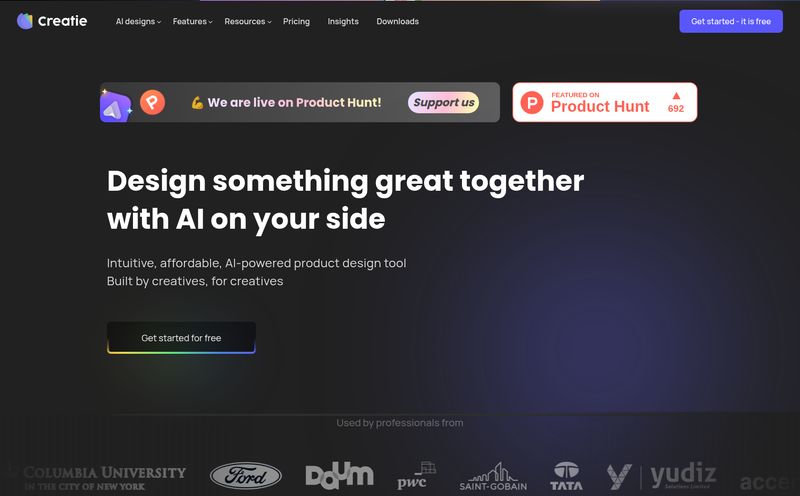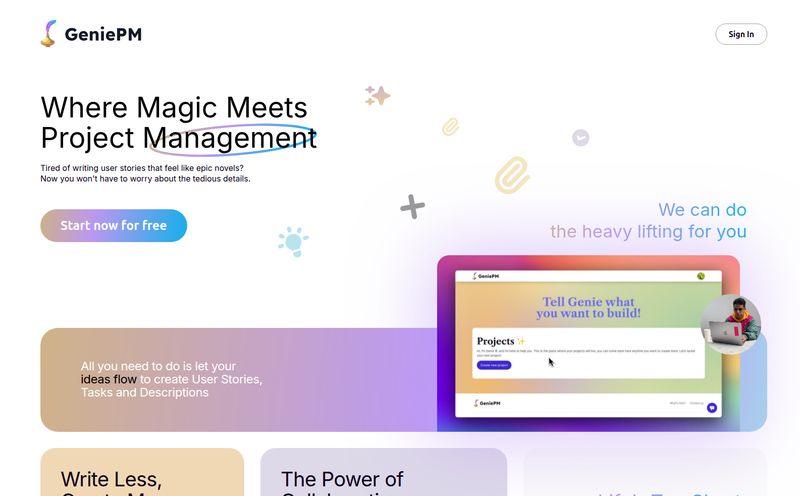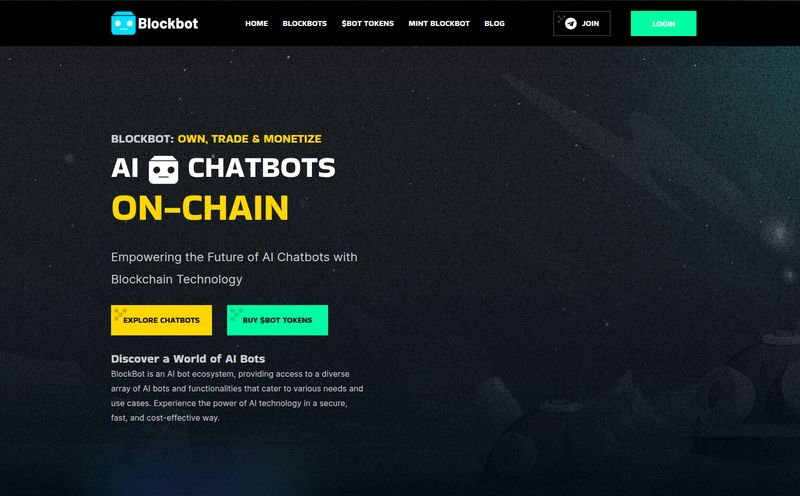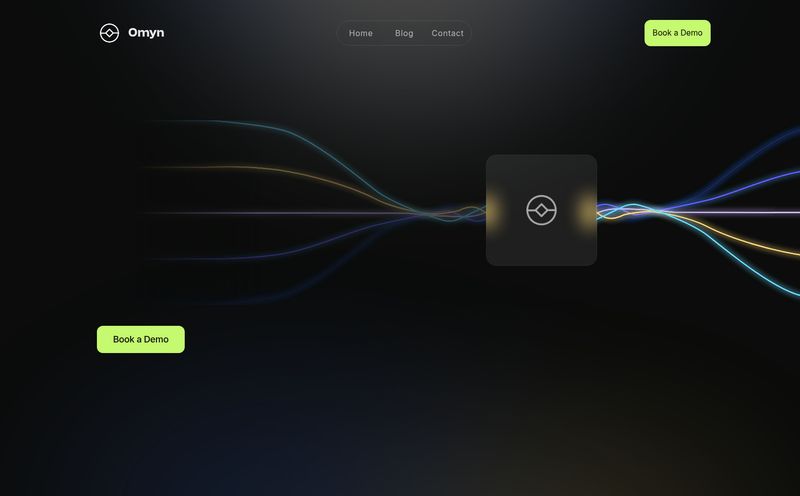Let’s play a game. How many tabs do you have open right now? Be honest. One for your project board, one for your CRM, another for spreadsheets, one for a shared doc, and probably Slack flashing in the corner like an angry firefly. We’ve all built this digital Frankenstein's monster of apps, stitched together with Zapier and a prayer, just to manage our work.
It’s exhausting. And expensive.
Every so often, a tool comes along that claims to be ‘the one.’ The single source of truth. The platform to end all platforms. Today, we're talking about one of the biggest contenders in that space: SmartSuite. I’ve been in the SEO and digital project management trenches for years, and I’ve seen my fair share of these “all-in-one” solutions. Some are brilliant. Most are… not. So, I took SmartSuite for a spin to see if it lives up to the hype, or if it's just another tab in our ever-expanding browser window.
So, What is SmartSuite Trying to Be, Anyway?
First off, SmartSuite calls itself a “work management platform.” That’s a fancy way of saying it wants to be the central hub for literally everything your business does. Think of it as a hybrid child of Airtable's database power, Asana's project management flow, and Google Docs' collaboration, all rolled into one. It’s designed to let teams plan, track, and manage any kind of workflow, from a complex software launch to tracking your sales pipeline or even managing HR onboarding.
The big promise here is consolidation. Instead of your marketing team living in one app and your sales team in another, SmartSuite wants to bring everyone into the same playground, even if they're playing on different swing sets. They boast trust from over 6,000 businesses, so they're clearly doing something right.
Visualize Your Work, Your Way
Here’s where I first perked up. One of my biggest pet peeves with project management tools is their rigidity. You’re often stuck with a Kanban board or a simple list, and that’s it. That’s like giving a carpenter only a hammer and expecting them to build a house.
SmartSuite throws the whole toolbox at you. You can look at the exact same data through a bunch of different lenses:
- Grid View: Your classic, powerful spreadsheet-style interface.
- Kanban View: Perfect for agile teams and visualizing process stages.
- Calendar View: A must-have for content schedules and marketing campaigns.
- Timeline & Gantt Views: For the serious project managers tracking dependencies and long-term roadmaps.
- Map View: Insanely useful for real estate, field sales, or any location-based work.
- Forms View: To easily collect data from internal or external users.
This flexibility is, frankly, brilliant. Your dev team can live in their Gantt chart bliss while the marketing team across the hall uses the same underlying data to power their content calendar. No more copy-pasting updates from one system to another. It’s a simple concept that so many platforms get wrong.
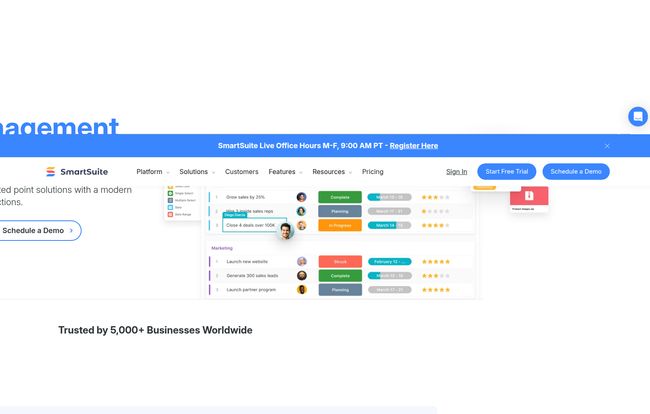
Visit SmartSuite
The Core Features That Actually Matter
A long feature list can be deceiving. What really counts is how those features work together. SmartSuite has a few things that really stand out from the crowd.
Customization is King (Or is It?)
This is SmartSuite’s secret sauce. With over 40 different field types, you can build a workflow for pretty much anything. We're talking about everything from simple text and number fields to more advanced options like linked records, formulas, and even a full-on document editor called SmartDocs right inside a record. It feels less like a project tool and more like building your own custom software without writing a single line of code. And yes, they've integrated SmartSuite AI, which can help you generate content, summarize text, and streamline tasks. It’s the new shiny object everyone's chasing, and they have it.
True Team Collaboration
Collaboration feels baked in, not bolted on. You get real-time updates, comment threads on individual tasks, and a centralized communication hub. It’s designed to pull conversations out of scattered email threads and Slack channels and put them right where the work is happening. Context is everything, and this is a big win for keeping teams aligned.
Connecting Your Tech Stack
No tool is an island. SmartSuite knows this and offers a decent library of integrations with popular tools. It also has a robust API and works with automation platforms like Zapier and Make. This means you can connect it to your existing ecosystem. However, this is also a bit of a double-edged sword. While integrations are great, a heavy reliance on them can sometimes feel a bit fragile. But let's be realistic, what system doesn't rely on them these days?
Let's Talk Money: The SmartSuite Pricing Breakdown
Okay, the all-important question: what’s this going to cost me? The pricing structure is pretty standard for a SaaS platform, with a few tiers to choose from. I appreciate their transparency here.
Here's a quick rundown:
- Free: This is a genuinely useful free plan. It’s for individuals or very small teams (up to 3 users) and gives you a surprising amount of functionality. A fantastic way to test the waters without commitment.
- Team: Starting at $12 per user/month (or $15 if you pay monthly). This is the sweet spot for most teams, unlocking more records, storage, and key features like timeline views and automations.
- Professional: This one's a jump up to $30 per user/month (or $34 monthly). It's aimed at larger teams or entire departments that need more advanced reporting, security, and a higher automation allowance.
- Enterprise: At $45 per user/month (or $50 monthly), this is for large organizations needing the whole shebang: advanced security, dedicated support, and unlimited everything.
My take? The per-user model can add up quickly, especially as your team grows. But the free plan is one of the most generous I’ve seen, and teh Team plan offers a ton of value. The jump to Professional is significant, so you'll want to be sure you actually need those extra features before upgrading.
The Good, The Bad, and The Overwhelming
No tool is perfect. After spending some real time with SmartSuite, here's my honest, no-fluff breakdown.
The Good Stuff
The biggest pro is the unified platform concept. The idea of replacing 3, 4, or even 5 other apps is incredibly appealing. The sheer customizability is also a massive plus. If you're a process nerd like me who loves to build the perfect workflow, you'll feel like a kid in a candy store. The robust reporting and dashboard capabilities mean you can actually see what's going on in your business from a high level. And again, that free plan is a huge win.
Where It Gets Tricky
With great power comes a great... learning curve. SmartSuite can be overwhelming at first. It’s like being handed the keys to a spaceship when you were expecting a Toyota. There are so many options, views, and settings that it can be daunting for new users. Some might even call it feature-bloat. My other gripe is that some of the most exciting features are, predictably, locked behind the higher-priced Professional and Enterprise plans. It's standard practice, but it always stings a little when you see a cool feature you can't use.
So, Who is SmartSuite Actually For?
This is not the tool for a freelancer who just needs a simple to-do list. You'd be paying for a flamethrower to light a candle. SmartSuite is for established teams and businesses that are feeling the growing pains of their current systems. If your team is constantly saying “I wish we could just…”, or if you're drowning in a sea of disconnected spreadsheets and apps, then SmartSuite is absolutely worth a look.
It’s particularly well-suited for organizations that have diverse departments with unique needs, like the ones they list on their site—project management, sales, HR, operations, and even niche industries like construction and non-profits. It has the flexability to adapt to almost any business process.
My Final Verdict
SmartSuite is one of the most ambitious and powerful work management platforms I've seen in a long time. It genuinely has the potential to be that 'one tool' to rule them all, decluttering your tech stack and bringing a new level of clarity to your operations. It’s a builder’s dream, offering near-limitless customization.
But it's not a magic wand. It requires a commitment to learn and configure it to your needs. If you’re willing to invest that initial time, I believe the payoff in efficiency and clarity could be massive. If you're on the fence, do yourself a favor and sign up for the free plan. Kick the tires. Build a small project. You’ll know pretty quickly if it's the right kind of spaceship for you.
Frequently Asked Questions
- What is SmartSuite in simple terms?
- SmartSuite is an all-in-one software that lets teams manage their projects, processes, and data in one place. Think of it as a super-flexible combination of a spreadsheet, project manager, and document collaboration tool.
- Is SmartSuite better than Airtable or Monday.com?
- It's not about better, it's about fit. SmartSuite competes directly with them but often offers a more integrated document/collaboration experience with SmartDocs and a different take on interface design. It feels more structured than Airtable in some ways, and more flexible than Monday.com in others. The best way to know is to try their free plans.
- Does SmartSuite have a free plan?
- Yes, it has a generous free forever plan for up to 3 users. It includes many of the core features, making it a great way to explore the platform without any financial commitment.
- Is SmartSuite difficult to learn?
- It can be, initially. Because it's so powerful and customizable, there is a learning curve, especially compared to simpler tools. However, they provide a lot of templates and resources to help you get started.
- What are SmartSuite's best features?
- The standout features are its high degree of customization with over 40 field types, the ability to view data in multiple ways (Grid, Kanban, Gantt, etc.), and the integrated SmartDocs feature for rich text within your workflows.
- Can I import my data from other tools?
- Yes, SmartSuite supports data import from spreadsheets (CSV, Excel) and has built-in importers for tools like Trello, Asana, and Monday.com to help you migrate your existing work.
